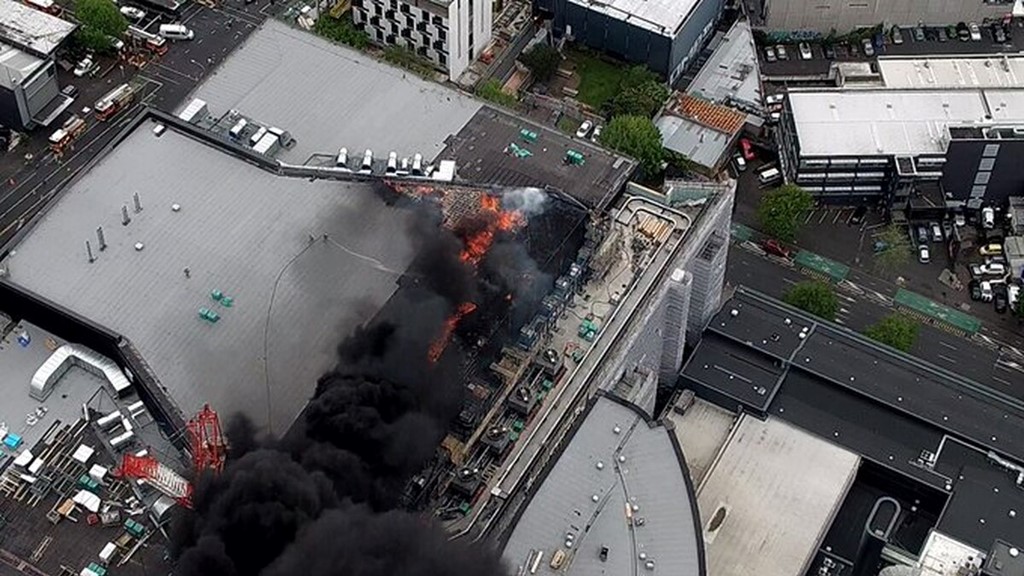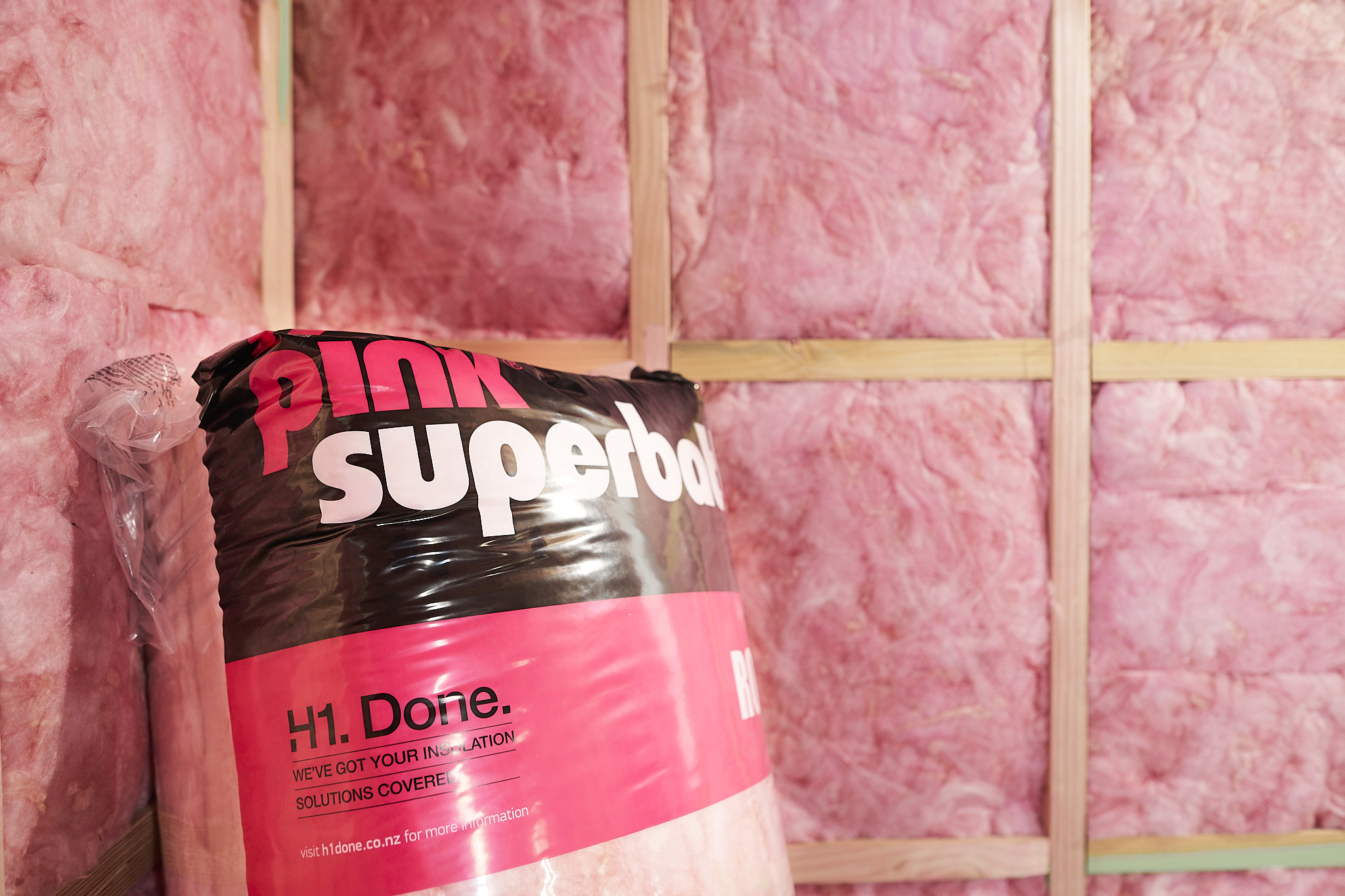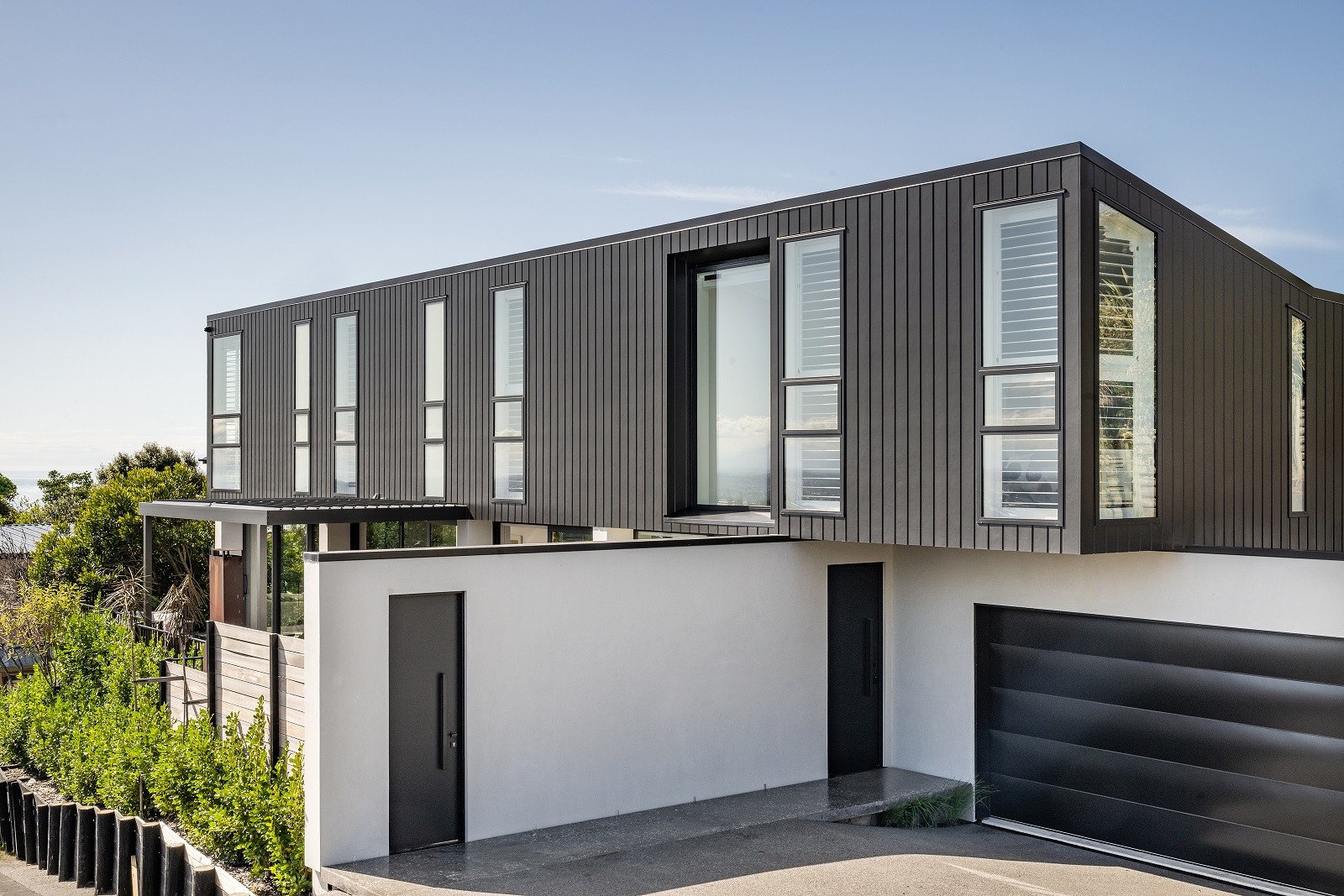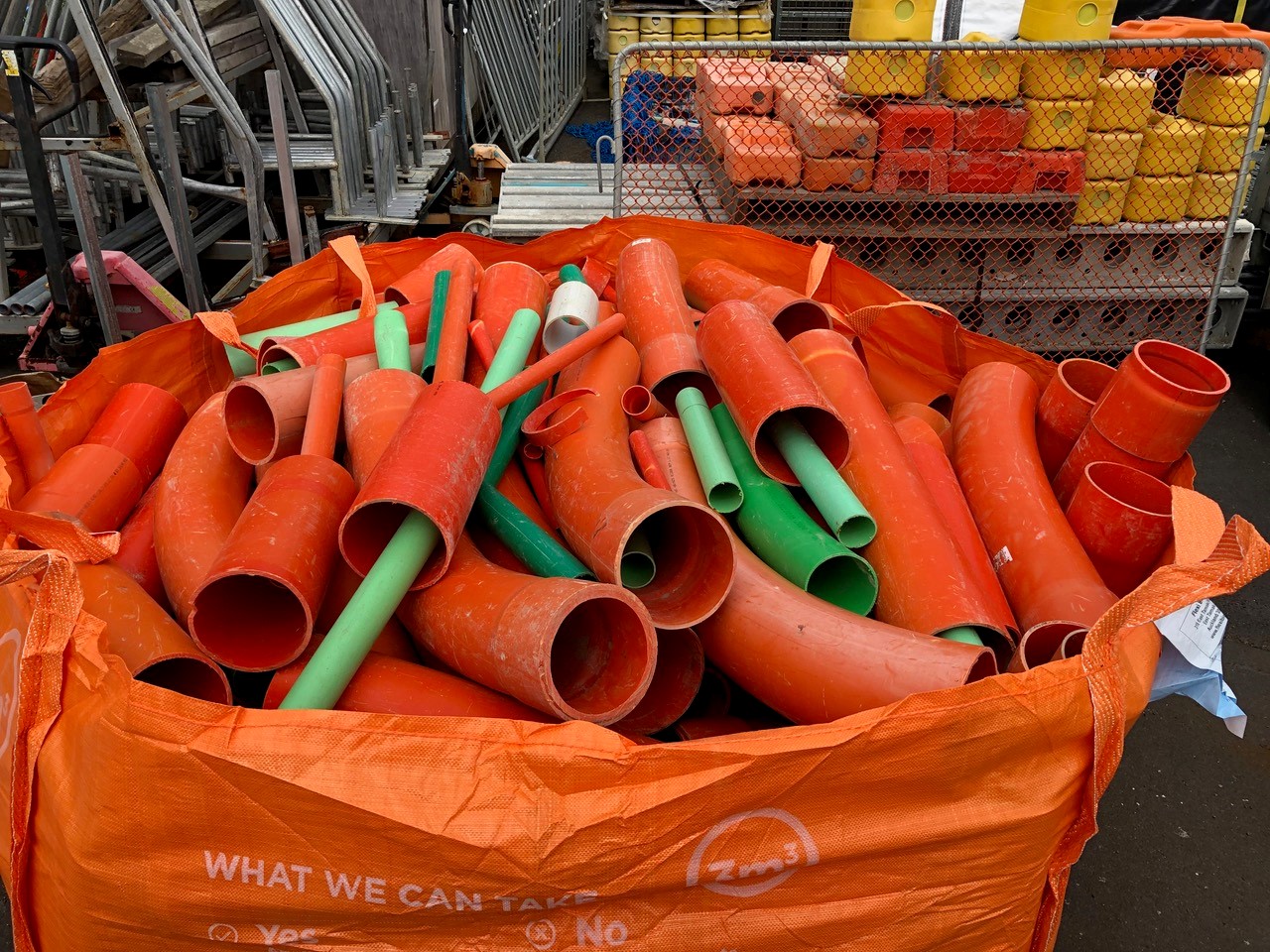Photo / NIWA
Occasionally a building catastrophe causes our industry to pause, review and then change everything, forever…
Examples include the Cave Creek disaster, “a few bolts” could have saved 14 lives and where criminal liability was never established.
The CTV Building in Christchurch, which collapsed and burned as a result of the 2011 Canterbury earthquake, and again, despite apparent engineering design failures that led to the deaths of 115 people during the magnitude 6.3 tremor, there were no prosecutions.
More recently, the catastrophic fire at Grenfell Tower in which 72 people died, largely as a result of retrofitted aluminium cladding and insulation. Reviews and legal arguments continue.
And last month, the Sky City Convention Centre in Auckland where a fire proved largely unstoppable, as it ripped through the roof of the incomplete building.
When these disasters happen, usually the immediate result is a witch hunt, followed by a formal enquiry and ultimately, legislation change that sets in place standards to ensure the problem doesn’t happen again.
Legislation also attempts to clarify where liability lies in any subsequent disaster and the spectre of liability is part of why our Councils are becoming seemingly excessively cautious in their processing of building permits, whether that be for engineering, water-tightness or fire-protection. In the age we now live in, there are no ‘accidents’, only failures and someone to blame.
In the case of Grenfell Tower, the search for liability continues, with Arconic, which supplied the combustible ACM panels, and Celotex, which manufactured the insulation, being targeted in law suits in several countries including New Zealand, with the latest being a class action suit for damages by building owners who installed the cladding, believing it to be safe.
So, with Grenfell Tower and the Sky City Convention Centre hot on our minds, Industry Insider spoke with Fire expert Dean Halvorson of Formable Fire Safety about fire prevention in the construction sector and what we’ve learned from recent incidents.
In 2017 there were a lot of changes made to fire regulations in New Zealand. What were the significant changes in 2017 from your point of view and then as a result of that, what have we learned?
There’ve been a number of major events around the world that have triggered reviews of how New Zealand handles fire safety. But I think in the overall picture, New Zealand's legislation covering fire safety is pretty thorough. So some of these events have just made us more aware of the fact that the legislation is already in place, although maybe it's not being enacted properly.
You’ve got plenty of examples of buildings in New Zealand where the passive fire protection, like the fire separations, have been done really poorly. The requirement for those separations has always been there, but the actual application of making that happen hasn't been the greatest. These sort of events have made everybody within the industry a lot more aware of that.
Have these new regulations and increased scrutiny just become another stick that councils can use to beat over the heads of the builder?
Yes. And rightfully so. Where there's a lack of knowledge, everyone becomes really nervous and Councils, who perhaps haven't been aware that they should have been checking these things thoroughly, are suddenly conscious these things have slipped through the gaps. Then they suddenly close the gate and become over-cautious. It's all about trying to find that happy medium where safety is being achieved without just a lot of red tape being thrown in the way of projects.
Typically every few years things are reviewed and the requirements become more stringent. A building owner decides to do an alteration and then suddenly they've got a building that's not compliant.
The Building Act section 112 deals with additions and alterations, which basically says you need to get the building to comply as near as is reasonably practicable. It can become a real bun-fight as to what's ‘reasonably practicable’. Usually, the building owner doesn't want to spend too much, but from council's point of view, one life lost is one life too many. So where do you find that happy middle-ground? Often you end up just seeing belt and braces being thrown into projects just to cover everyone.
Is there anything the construction sector can do to improve the process?
A lot of that can be avoided in new projects by getting the team together early on and having discussions about how you handle the fire spec - perhaps choosing a different structural system might reduce the amount of fire rating. In additions and alterations, that's really hard.
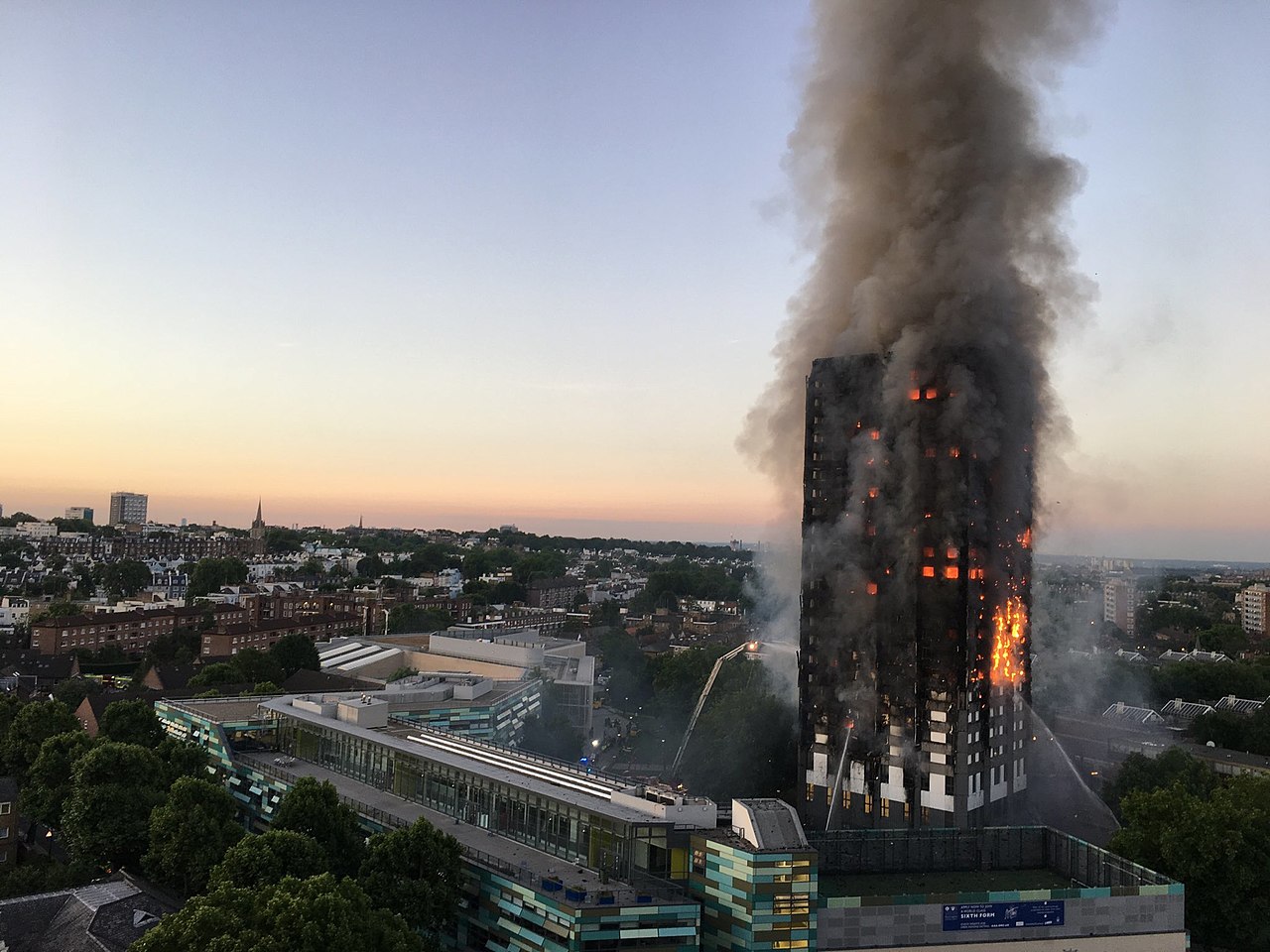
Photo / @Vampicca_UK
Grenfell raised many questions about the materials used for cladding. The reaction has been to limit all combustible materials in high-rise buildings.
Essentially there's like a cut-off point that a building that's higher than 10 meters. Buildings under that height, you can pretty much clad them with what you like, within reason.
So this comes back to that Grenfell Tower type situation with fire spread going up the outside of the building. As a result, it can be particularly hard to get any sort of innovative solution approved for cladding. Often you've got a product that could be suitable, but no one's tested it and the cost of testing for manufacturers is so high that they just throw the towel in the end.
You end up with a standard suite of products normally manufactured by the big suppliers because they've got the backing to be able to do the testing. It’s really hard for the smaller guys. There's not a great pathway for them to get good products proven without throwing a lot of money at it.”
Both Grenfell and the Convention Centre showed that if something big enough catches fire there's nothing firefighters can really do, but stand back and let it burn itself out.
It comes down to the philosophy of building. At the end of the day the building code has no process within it to protect loss of the owner's own property. All it's doing is making sure that you're not going to unnecessarily burn down your neighbour’s property and that you're keeping life safety at a high priority in the building. The fire regulations in buildings are designed to save lives, not the building.
People who are building look at the codes in the Building Act as what they have to achieve, but really that code is just a minimum of what they should be achieving. There's always a tension in construction between making the project financially viable and creating a great building that's going to serve well into the future. They have to come up with the right compromise.
There's an award-winning apartment building in Wynyard Quarter bearing a lot of timber on the external cladding. The way I understand it, that would no longer be allowable under current regulations.
It's possible. There are some great products out there, coatings and so forth that would deal with those sort of issues. They come at a great expense. As soon as you put the word ‘fire’ on a product, that can double.
There's another aspect though. The fire safety design work that I do is based on ‘acceptable solutions’. So you've got a few different paths within the building code that allow you to come to a solution that is going to get a building consent. The first one is using ‘acceptable solutions’ to provide prescriptive solutions. You design the building, subject to a bunch of rules, and then you're all good to go. Then there's what's called a ‘verification method’, which basically using a calculation method which gives you greater flexibility in the design. There is a third option under the Building Act which is to use ‘alternative solutions’. Alternative solutions could be used to address radical design solutions, but this path is a difficult one, as you still need to be able to provide evidence (ie overseas examples, or specific testing etc) to satisfy the authorities that your proposed design meets Building Act requirements.
So it's possible that with a combination of different scenarios you can stray outside the acceptable solution rules and come up with a building that is still going to be okay. So, as an example you might be able to add more small bits of timber cladding around the building and using fire retardant paint and passive fire and so forth, to be able to compensate for that fact. So that verification method is a great path to take for people who want to do something a little bit unique for the building.
And who looks over your shoulder?
I guess, ultimately, at the end of the day, the council does. Because it has to pass the consent process. If I was wanting to do something that was a little but outside of the acceptable solution, then there's a process where the consent needs to actually be sent to the fire service. They have a design review units, that check anything that might be slightly outside of the acceptable solutions.”
And is it getting harder?
Yes. I think Council is pushing back harder and they probably should have done for some time. Sometimes I think they push too much. I guess this is always the debate, but a lot of rules in New Zealand are actually good rules, we just haven't been great at compliance.
I welcome a bit of push back. It challenges me, I'm making sure that I'm on the right track at the end of the day. And I think it's necessary for all of us and the construction industry to challenge what we're doing, but some of those are still pushing harder, for sure.
What did Grenfell teach us? Everybody took notice of Grenfell because it was so visually devastating, but what did you learn from that yourself?
The thing that shocked me the most was the systemic failures that apparently went on in that building. The stories I'm hearing are that all sprinkler systems weren't properly operational within the building. Even the cladding system was selected knowing they had the option for a fire-rated version of it, but to save money didn't. It takes a lot of different people, to be making poor design, consenting, and construction decisions for a building to end up in such a bad state.
Then there are a whole lot of subsequent failures that can compromise a project that aren't often dealt with. Like you'll get a tradesperson coming into a building to do some minor works - they can compromise a fire separation very quickly and very unwittingly, with absolutely no idea that what they're doing is actually endangering the building. They are very few safeguards to kind of stop those kind of human failures happening afterward.
The whole thing of people chaining up doors or stairwells, fire doors propped open and so forth. The building owner puts processes in place to try and stop that stuff, but my experience is that you still see a lot of things going on that shouldn't be. So I don't quite know how you will ever get around the human aspects of fire safety.
Does New Zealand need a Grenfell moment before it really works out what it's doing or would you think enough to stop there?
I hope we don't go there. I'm relatively positive about the direction we're heading. Yes, it's frustrating for us all from time to time, but I think we are pushing ourselves, which is good because I think there have been holes in what we've done in the past.”
I think everybody within the construction industry has a responsibility to stand up and say, ‘actually it's not good enough in this situation’. It can be very easy to just try and make projects happen based on financial considerations only, but there becomes a point where you've just got to say, ‘look it's just not appropriate and we need to find a better way of doing it’.”
